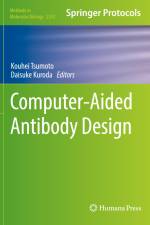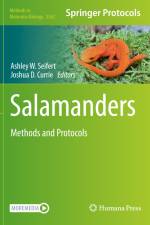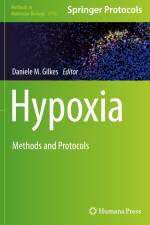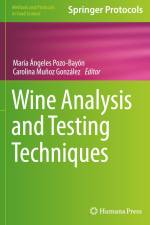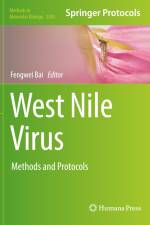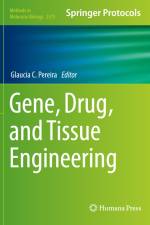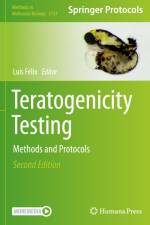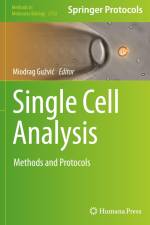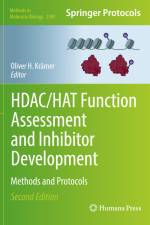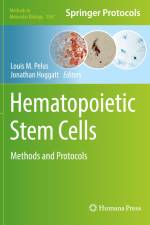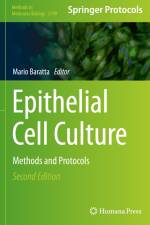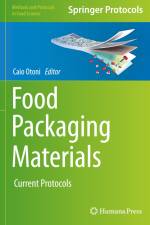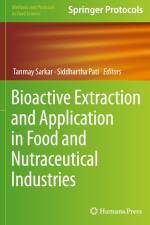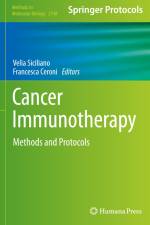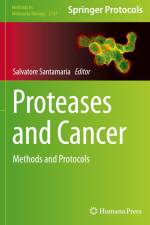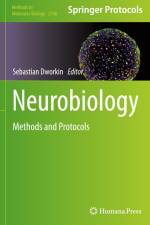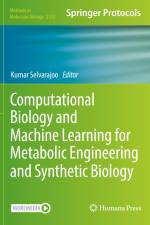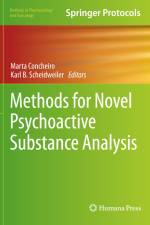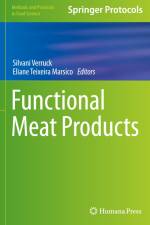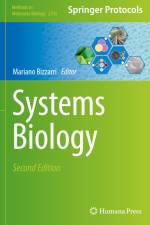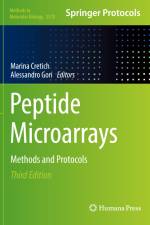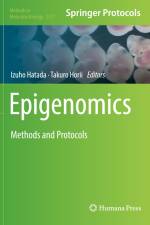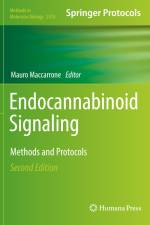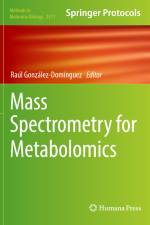av Glaucia C. Pereira
1 767 - 2 747
This book combines discursive chapters that present the latest progress in molecular biology, drug discovery, organ-tissue engineering, and related fields, with a number of descriptive chapters on methods, protocols, and case studies. Structured into four parts, this volume walks the reader through the latest in cellular biology, with discussions on novel medicinal plant metabolites, nanotechnology in precision medicine, nucleic acid-based therapeutics and vaccines, genetic engineering, computational aid, bioinformatics, synthetic organs for transplantation, and organ-tissue engineering. Written for the highly successful Methods in Molecular Biology series, chapters include the kind of detail and expert implementation advice that ensures quality results in the lab. Authoritative and informative, Gene, Drug, and Tissue Engineering serves as an ideal guide for undergraduate students, postgraduate researchers, and senior researchers working in biomedicine and its underlying technologies, stimulating both computational and experimental development and fostering the exchange of new ideas.


